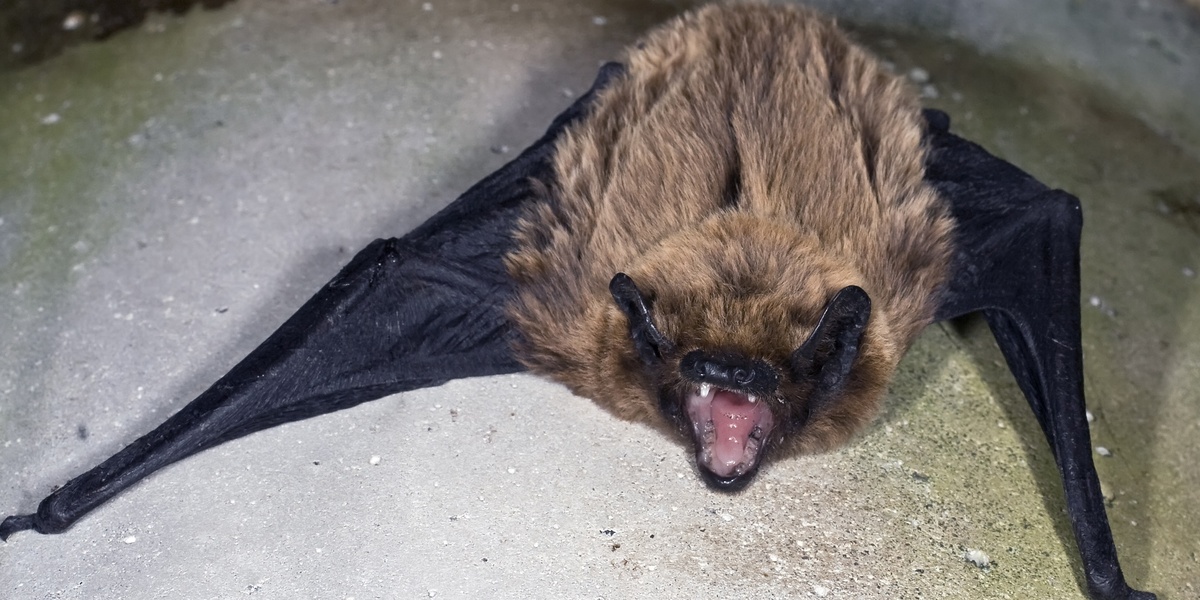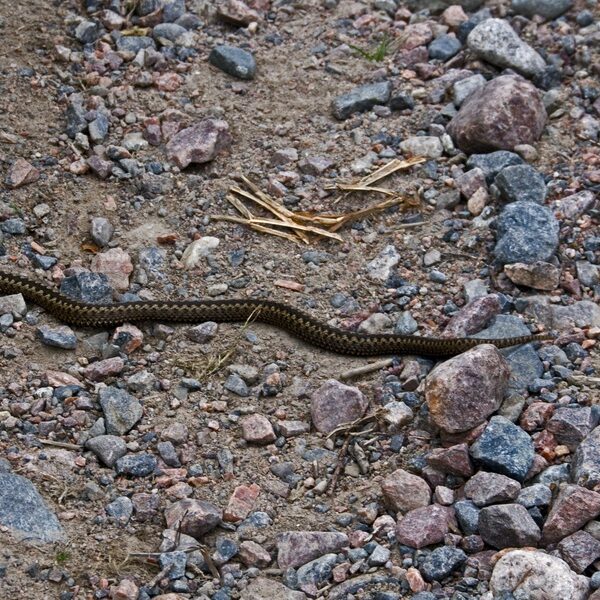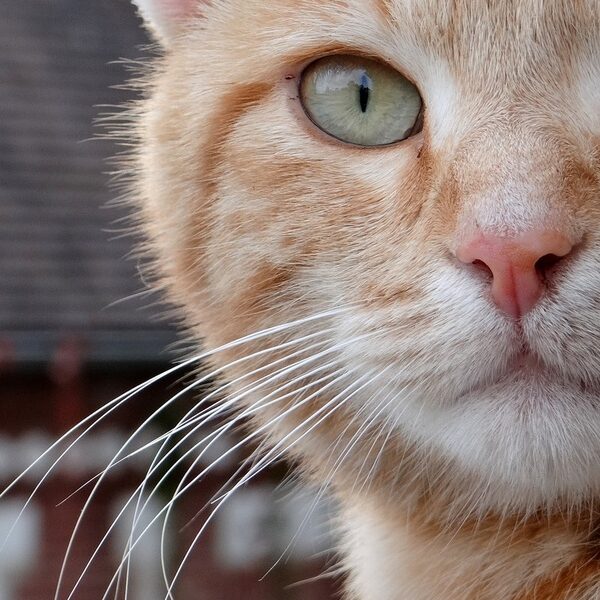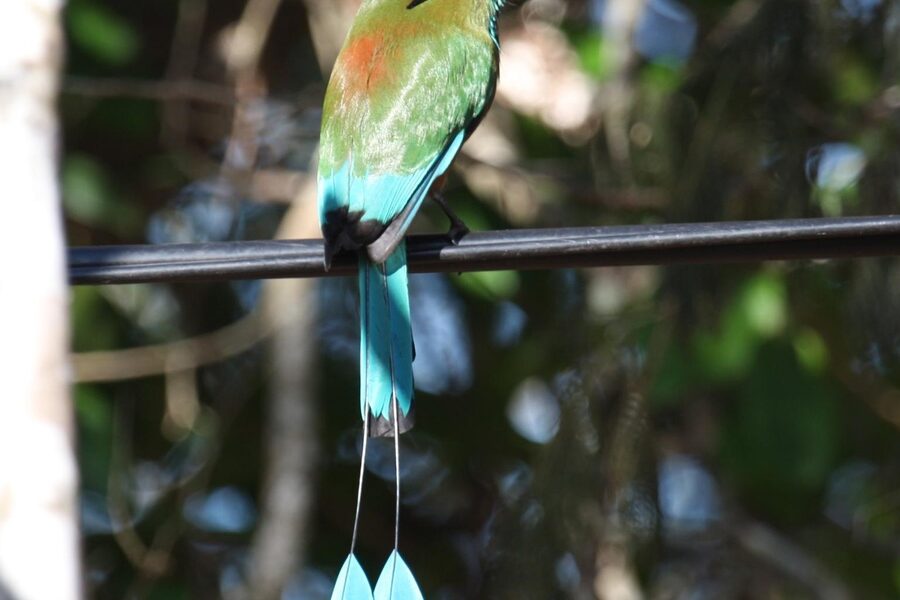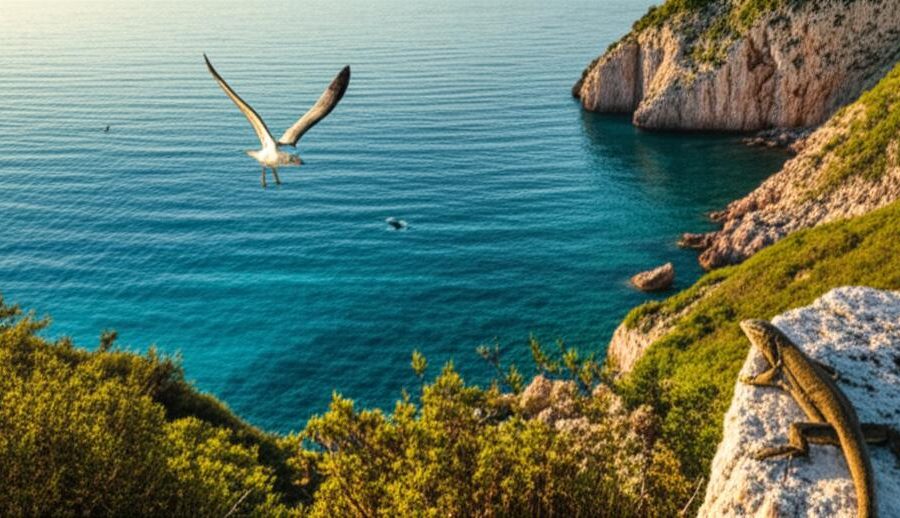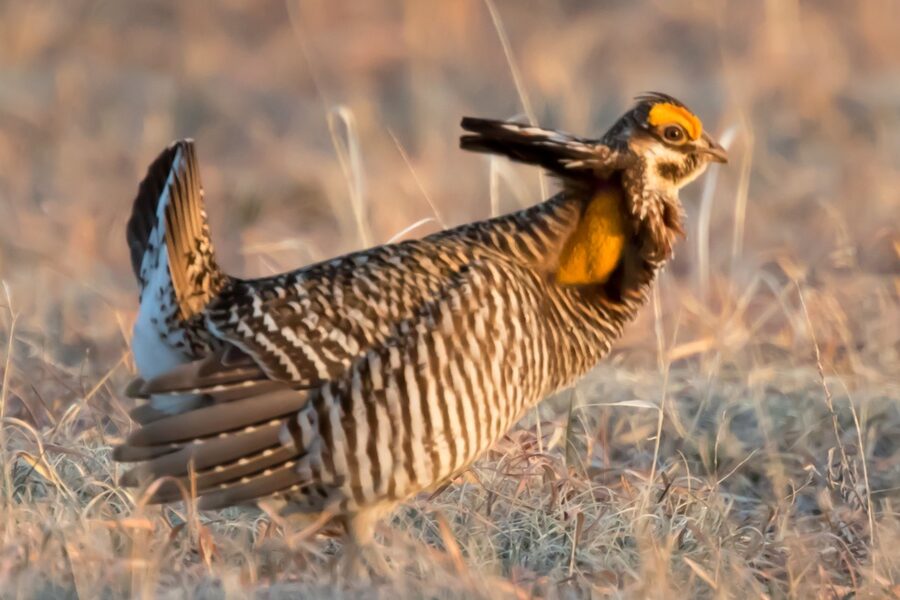Portugal’s varied landscapes—from mainland rivers and mountain ranges to the island groups of Madeira and the Azores—support wildlife that evolved in isolation and in very specific habitats. That mix of coastal cliffs, freshwater systems and island plateaus makes Portugal a surprising hotspot for species found nowhere else.
There are 24 Animals Only Found in Portugal, ranging from the freshwater Arade Chub to the seabird Zino’s Petrel. For each entry you’ll find below concise information organized by Scientific name, Range/region, IUCN status so you can quickly see where a species lives and how it’s faring.
How many of these endemic species are at risk of extinction?
A significant portion of Portugal’s endemics, especially island birds and narrowly distributed freshwater or cave species, are listed as Vulnerable, Endangered, or Critically Endangered on the IUCN Red List; check the IUCN status column below for each species to see current assessments and common threats like habitat loss, invasive species, and climate impacts.
Where in Portugal are most endemic animals located?
Most endemics are concentrated on Madeira and the Azores and in a few mainland hotspots (for example, the Arade basin); these areas have unique habitats and limited ranges, so visiting protected areas or consulting local conservation groups is the best way to learn about or observe them.
Animals Only Found in Portugal
| Name | Scientific name | Range/region | IUCN status |
|---|---|---|---|
| Azores Noctule | Nyctalus azoreum | Azores | EN |
| Zino’s Petrel | Pterodroma madeira | Madeira Island | EN |
| Desertas Petrel | Pterodroma deserta | Desertas Islands | VU |
| Monteiro’s Storm Petrel | Hydrobates monteiroi | Azores | VU |
| Azores Bullfinch | Pyrrhula murina | São Miguel Island (Azores) | VU |
| Trocaz Pigeon | Columba trocaz | Madeira Island | LC |
| Madeira Firecrest | Regulus madeirensis | Madeira Island | LC |
| Madeira Wall Lizard | Teira dugesii | Madeira & Selvagens Islands | LC |
| Selvagens Gecko | Tarentola substituta | Selvagens Islands | LC |
| Arade Chub | Squalius aradensis | Mainland (Algarve) | EN |
| Torgal Chub | Squalius torgalensis | Mainland (Mira basin) | CR |
| Southern Iberian Nase | Iberochondrostoma almacai | Mainland (SW Portugal) | VU |
| Madeiran Speckled Wood | Pararge xiphia | Madeira Island | LC |
| Madeiran Brimstone | Gonepteryx maderensis | Madeira Island | EN |
| Desertas Wolf Spider | Hogna anfigenus | Desertas Islands | CR |
| Madeiran Land Snail | Leptaxis undata | Madeira & Porto Santo | LC |
| Porto Santo Snail | Discula testudinalis | Porto Santo Island | CR |
| Azorean Grayling | Hipparchia azorina | Azores | LC |
| São Miguel Ground Beetle | Pseudanchomenus aptinoides | São Miguel Island (Azores) | EN |
| Madeiran Cicada | Tibicina quadrisignata | Madeira Island | NT |
| Madeiran Large White | Pieris brassicae wollastoni | Madeira Island | EX |
| Azorean pseudoscorpion | Titanobochica magna | Pico Island (Azores) | NE |
| Madeiran Scops Owl | Otus mauli | Madeira Island | EX |
| Madeiran Ironclad Beetle | Tarphius pomboi | Madeira Island | CR |
Images and Descriptions
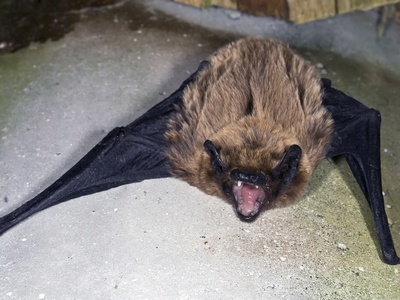
Azores Noctule
The world’s only known day-flying bat, this small mammal adapted to the lack of predators on the isolated Azores islands. It hunts insects during the day, a truly unique behaviour among bats, making it a remarkable example of island evolution.
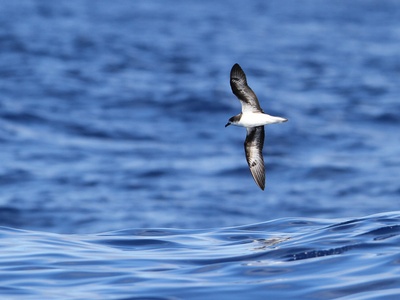
Zino’s Petrel
One of Europe’s rarest seabirds, this species breeds only on a few high-altitude mountain ledges in Madeira’s central massif. Its ghostly nocturnal calls echo across the peaks, a sound heard nowhere else on Earth. It was once thought to be extinct.
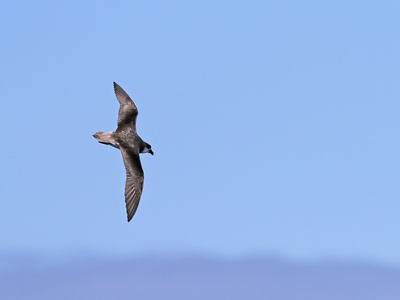
Desertas Petrel
Closely related to Zino’s Petrel, this seabird has its own distinct breeding colony exclusively on Bugio Island in the Desertas. Its survival is a testament to the unique evolutionary pressures of living on these rugged, uninhabited islands just off Madeira.
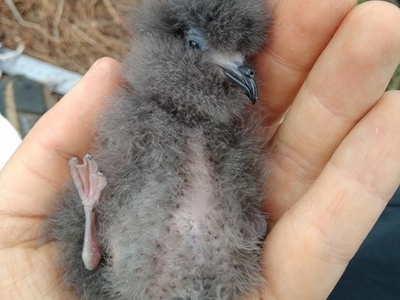
Monteiro’s Storm Petrel
Only confirmed as a distinct species in 2008, this tiny seabird breeds on just a few islets in the Azores. It is a “cryptic species,” nearly identical to a related petrel but breeding in a different season, a subtle but crucial evolutionary split.
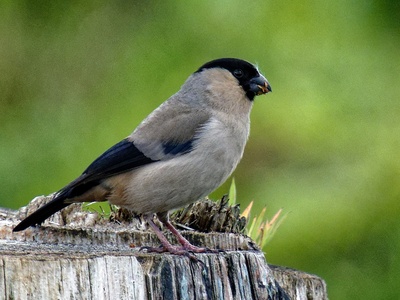
Azores Bullfinch
Known locally as the “Priolo,” this is one of Europe’s rarest songbirds. It is found only in the native laurel forests in the east of São Miguel island. Conservation efforts to restore its specialized habitat have been crucial for its survival.
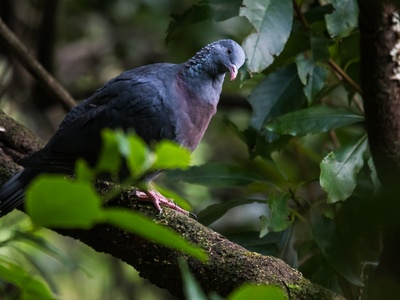
Trocaz Pigeon
A large, dark pigeon that is a key resident of Madeira’s native Laurisilva forests. It plays a vital role in the ecosystem by dispersing the seeds of large forest trees, helping to regenerate the unique woodland it calls home.
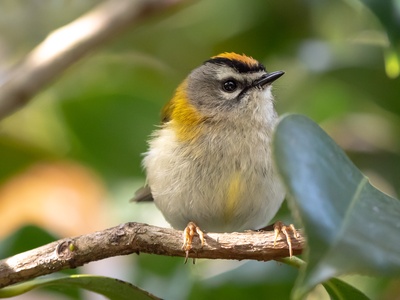
Madeira Firecrest
Once considered a subspecies, this tiny, colourful bird is now recognised as a full species endemic to Madeira. It has a brighter crest and distinct song compared to its European cousin, a result of its long isolation on the island.
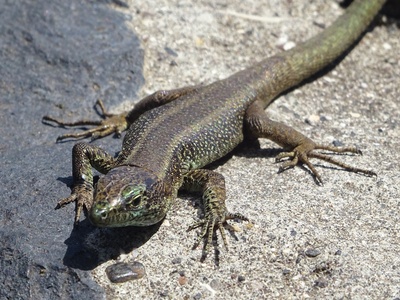
Madeira Wall Lizard
An incredibly common sight across the Madeira archipelago, this bold and curious lizard has thrived in both natural and human-altered landscapes. Its adaptability has made it the most ubiquitous reptile on the islands, a true symbol of Madeiran wildlife.
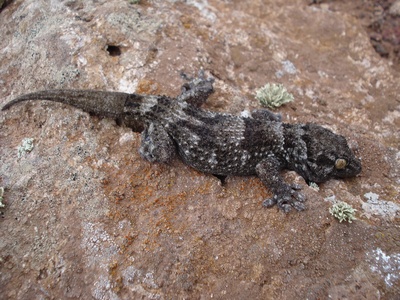
Selvagens Gecko
This robust gecko is the king of the reptiles on the remote Selvagens Islands. Perfectly camouflaged against the rocky terrain, it is a nocturnal hunter that has evolved in extreme isolation, halfway between Madeira and the Canary Islands.
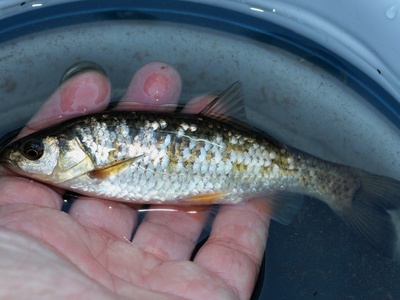
Arade Chub
This freshwater fish is a true Algarve native, found only in the Arade and adjacent river basins. Its existence is tied to the health of these southern Portuguese rivers, making it a sensitive indicator of water quality and habitat degradation.
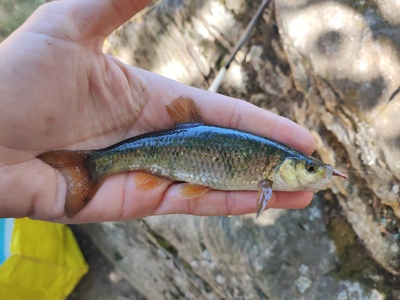
Torgal Chub
Facing an extremely high risk of extinction, this small fish is confined to a tiny section of the Mira river basin in southwestern Portugal. It is one of Europe’s most threatened freshwater fish, imperiled by drought and water extraction.
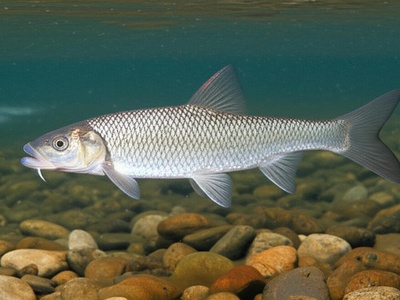
Southern Iberian Nase
This specialized bottom-feeder, with a distinctive arched mouth for scraping algae from river stones, is found only in the lower reaches of rivers like the Mira and Sado. Its survival depends entirely on the health of these southwest Portuguese waterways.
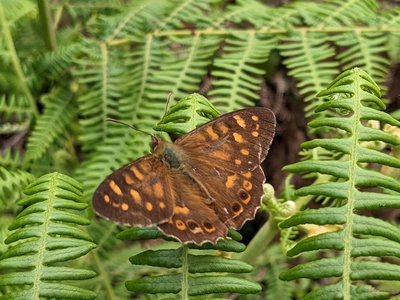
Madeiran Speckled Wood
A beautiful butterfly of the Madeiran forests, larger and with more prominent orange markings than its European relative. It gracefully flits through the sun-dappled clearings of the island’s native Laurisilva, a common yet uniquely Madeiran sight.
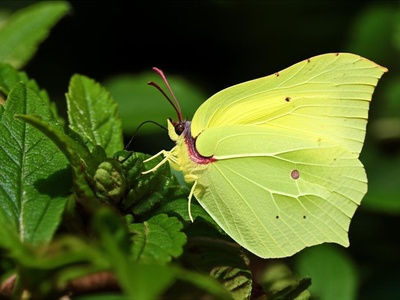
Madeiran Brimstone
This bright yellow butterfly is an exclusive inhabitant of Madeira’s laurel forests. It relies entirely on a native shrub for its caterpillars to feed on, making its survival inextricably linked to the health of this ancient woodland. It’s a rare and beautiful forest gem.
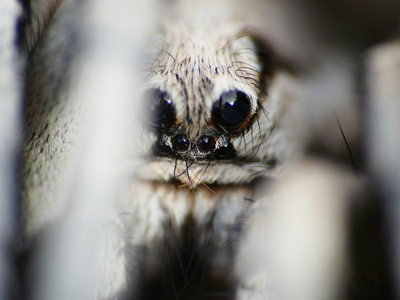
Desertas Wolf Spider
One of the world’s largest wolf spiders, this impressive arachnid is found only on Deserta Grande Island. With a leg span that can exceed 12 cm, its large size is a result of “island gigantism,” evolving without mainland predators.
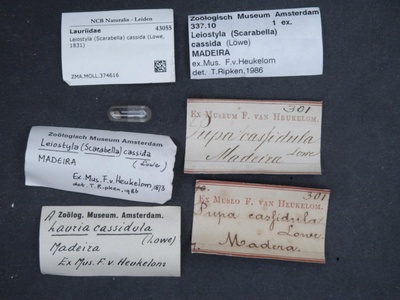
Madeiran Land Snail
A classic example of Madeiran biodiversity, this distinctively patterned land snail is common in gardens and wild areas. The sheer diversity of endemic snails on Madeira is world-renowned, with each valley potentially hiding a unique species.
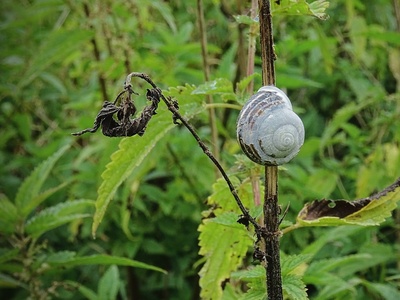
Porto Santo Snail
This small land snail is critically endangered and confined to the island of Porto Santo. Its shell resembles a tiny, flattened tortoise shell. It represents the extreme vulnerability of island invertebrates, threatened by habitat loss and invasive predators.

Azorean Grayling
This hardy butterfly is found across most of the Azores islands, often seen flying over grassy and rocky slopes. Its duller colouration provides excellent camouflage against volcanic soils, a perfect adaptation to its rugged island home.
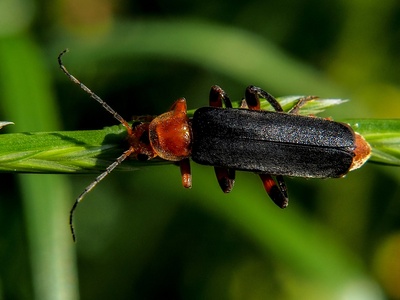
São Miguel Ground Beetle
A flightless, metallic-hued ground beetle that roams the forest floor of São Miguel’s remaining native forests. Like many Azorean insects, it lost the ability to fly due to the lack of predators and the disadvantage of being blown out to sea.
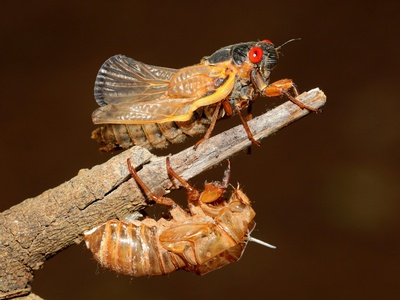
Madeiran Cicada
The soundtrack of the Madeiran summer, the loud, buzzing song of this cicada is produced exclusively by the males. It is the only cicada species on the island, having evolved in isolation from its Mediterranean relatives over millions of years.
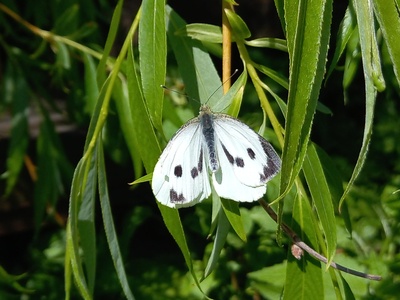
Madeiran Large White
A tragic tale, this large butterfly, a subspecies unique to Madeira, was last seen in the late 1970s. Its extinction is a stark reminder of island fragility, likely caused by a combination of habitat loss and an introduced viral disease.
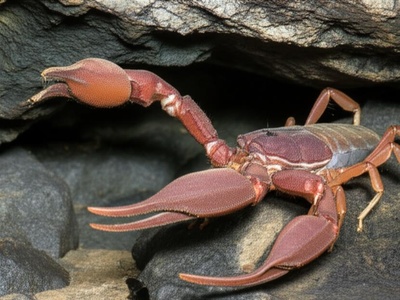
Azorean pseudoscorpion
Discovered in a volcanic cave on Pico Island, this giant pseudoscorpion is a true troglodyte, adapted to life in complete darkness. Lacking eyes, it uses its large pincers to navigate and hunt in the subterranean world, a recent and remarkable scientific discovery.
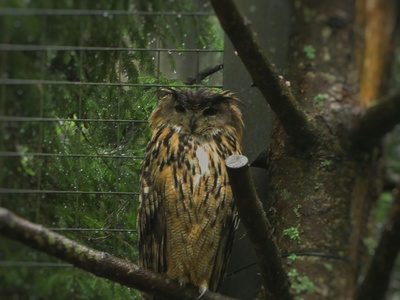
Madeiran Scops Owl
An extinct species of owl that lived on Madeira until being wiped out by human settlement in the 15th century. Fossil evidence shows it was the island’s top nocturnal predator, a reminder of the lost fauna that existed before human arrival.
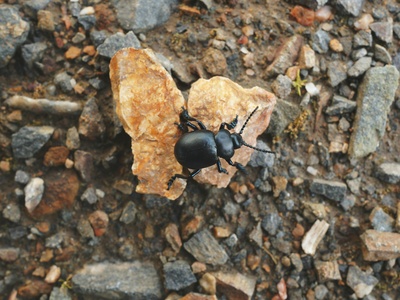
Madeiran Ironclad Beetle
This flightless and heavily armored beetle is a “living fossil,” part of an ancient lineage. It is found only in a tiny fragment of high-altitude forest in Madeira, where it lives in decaying wood, making it extremely vulnerable to habitat disturbance.
